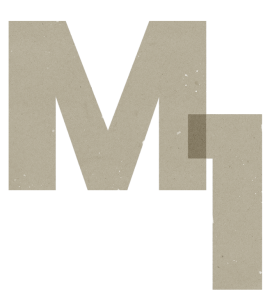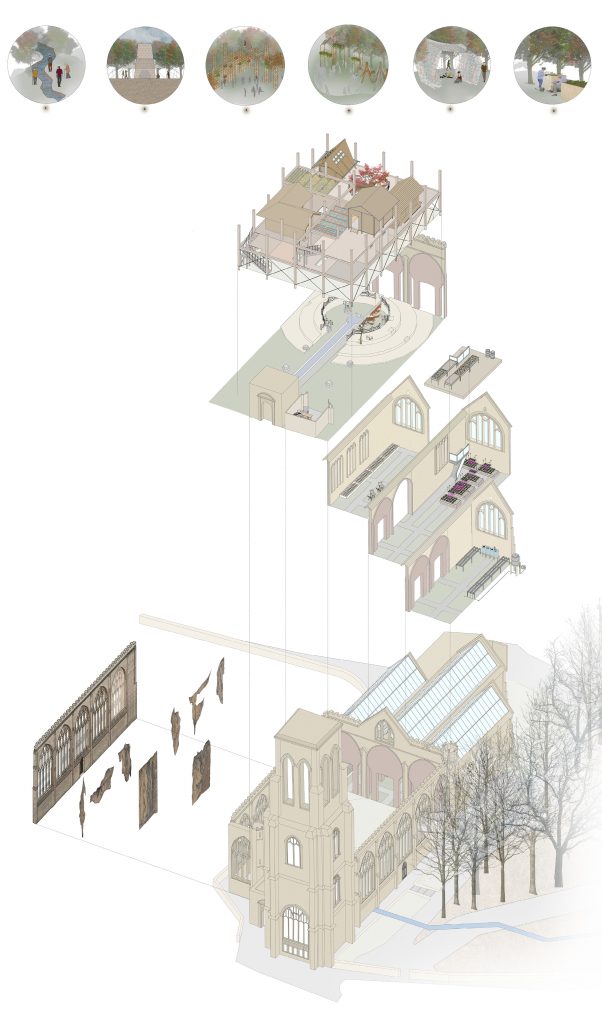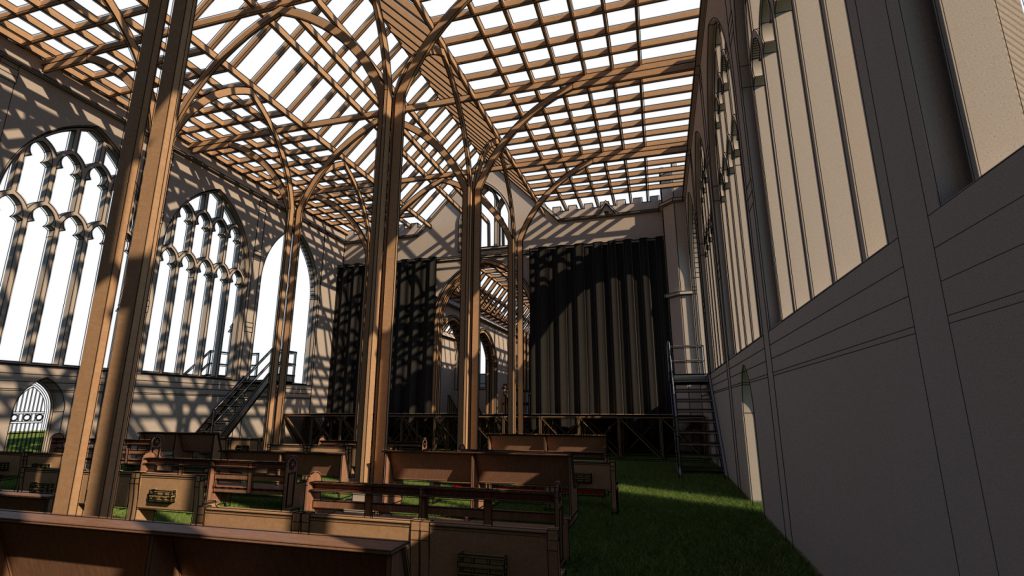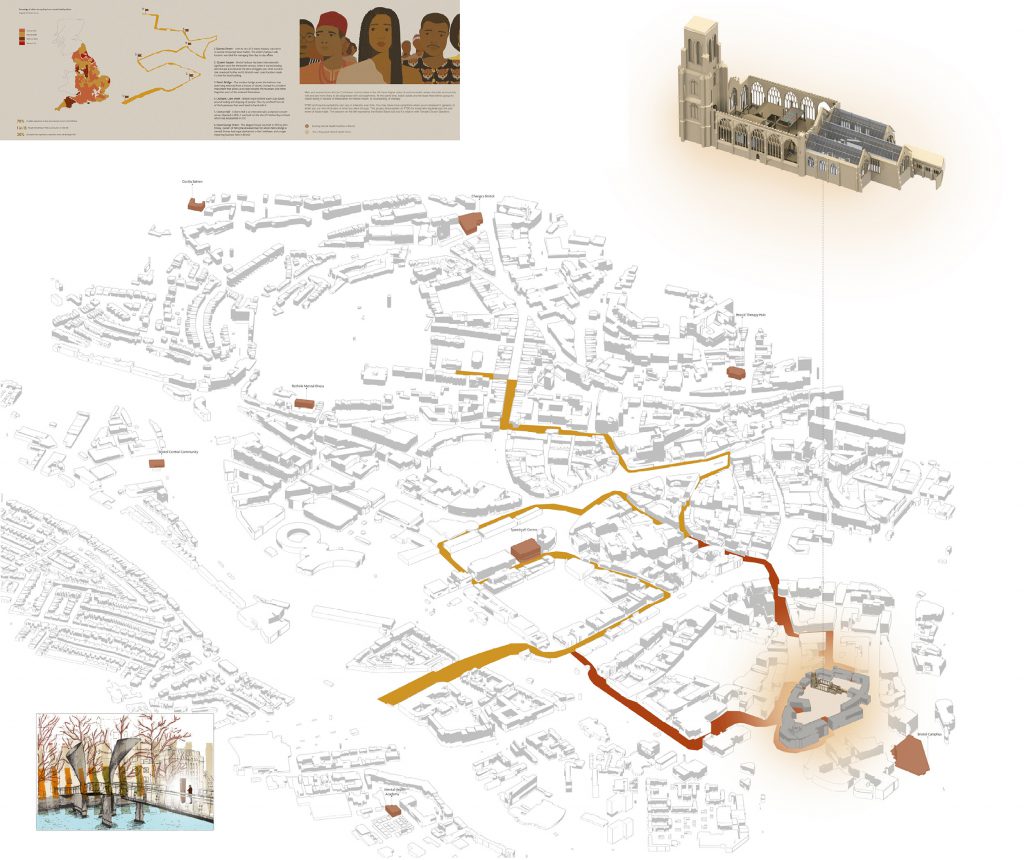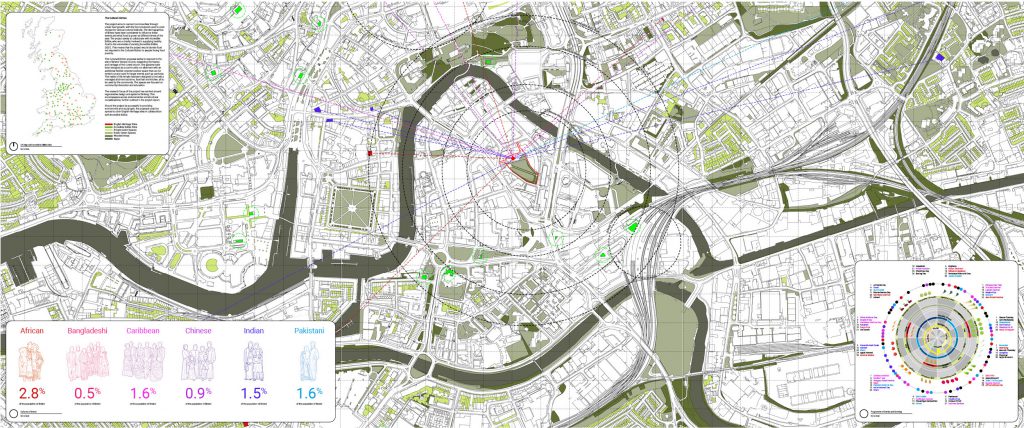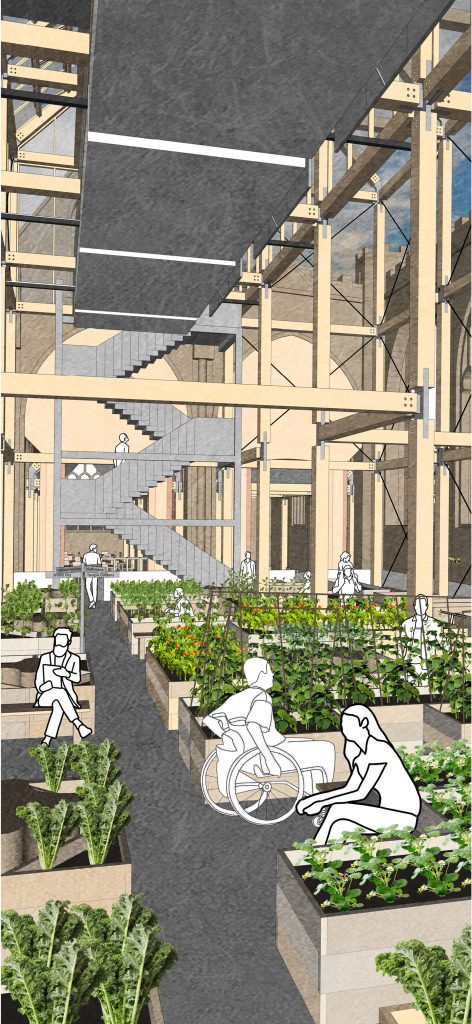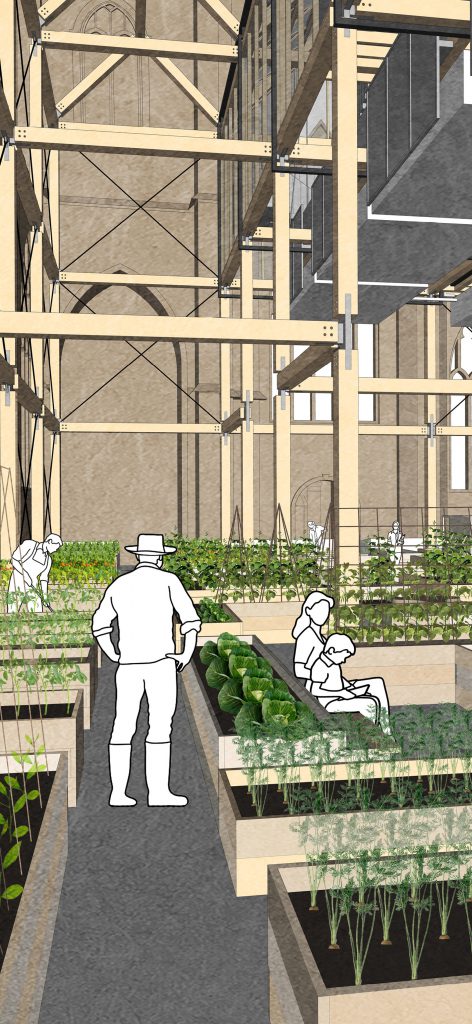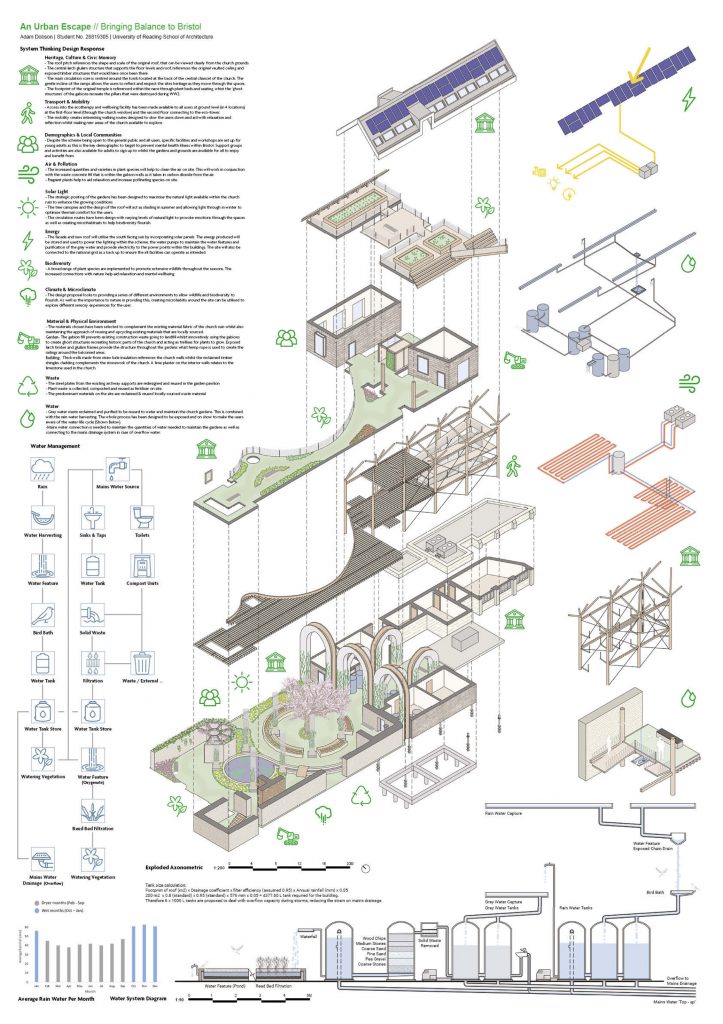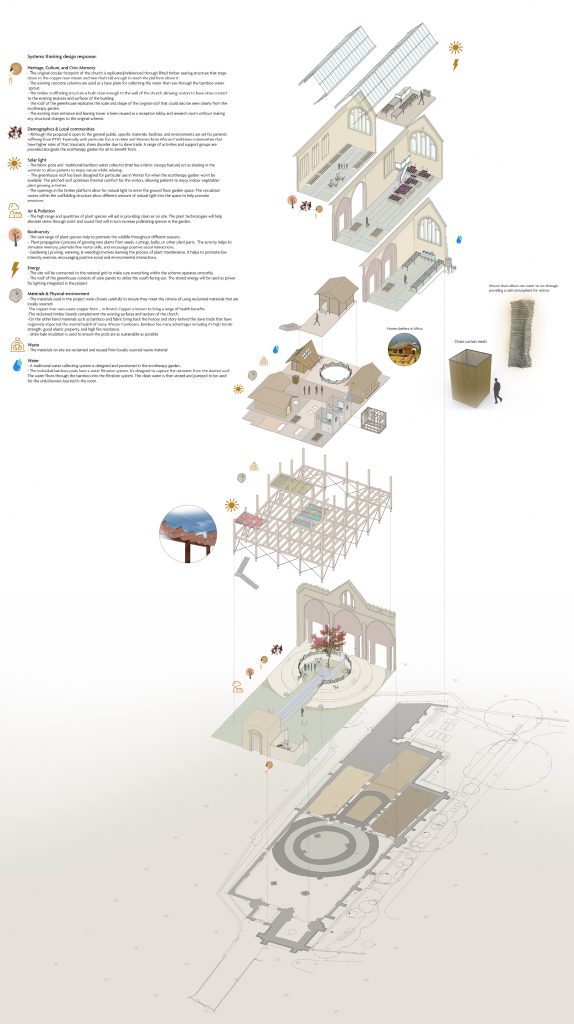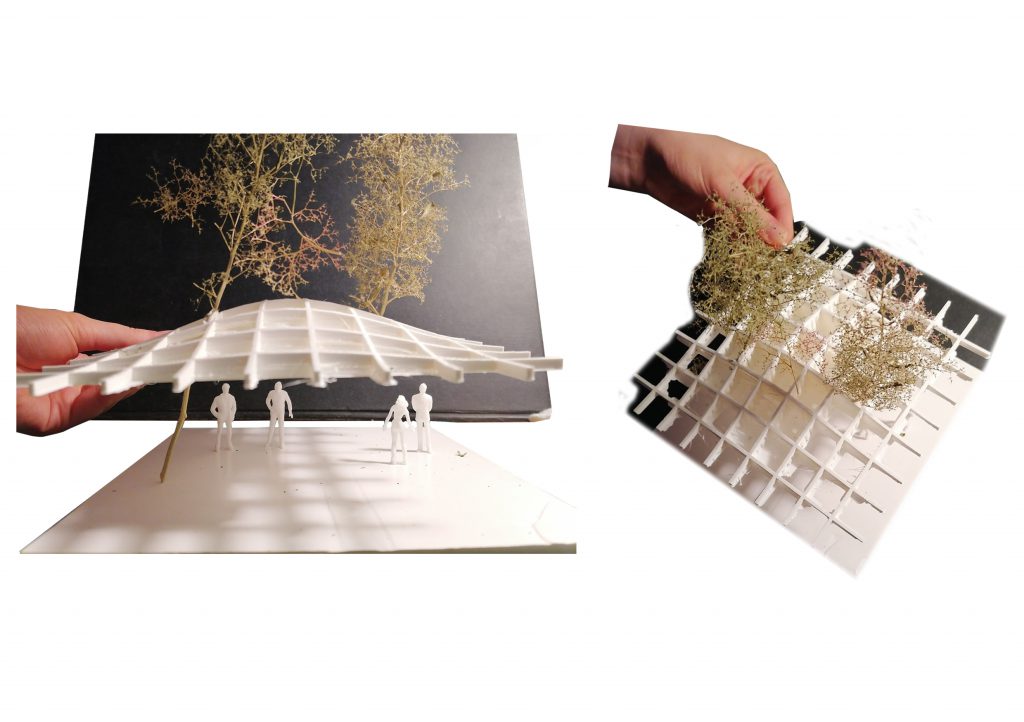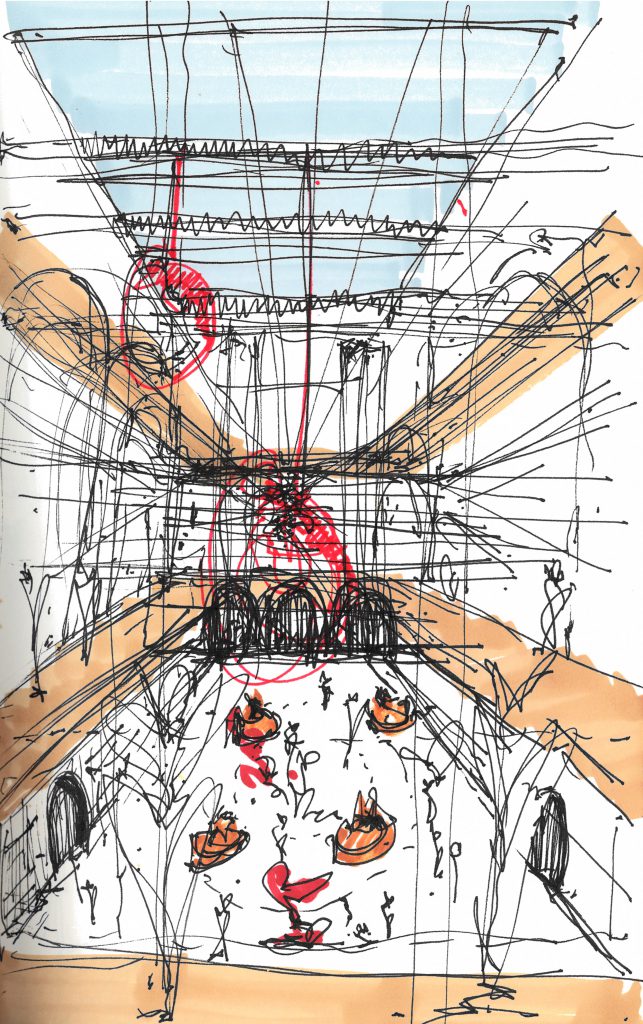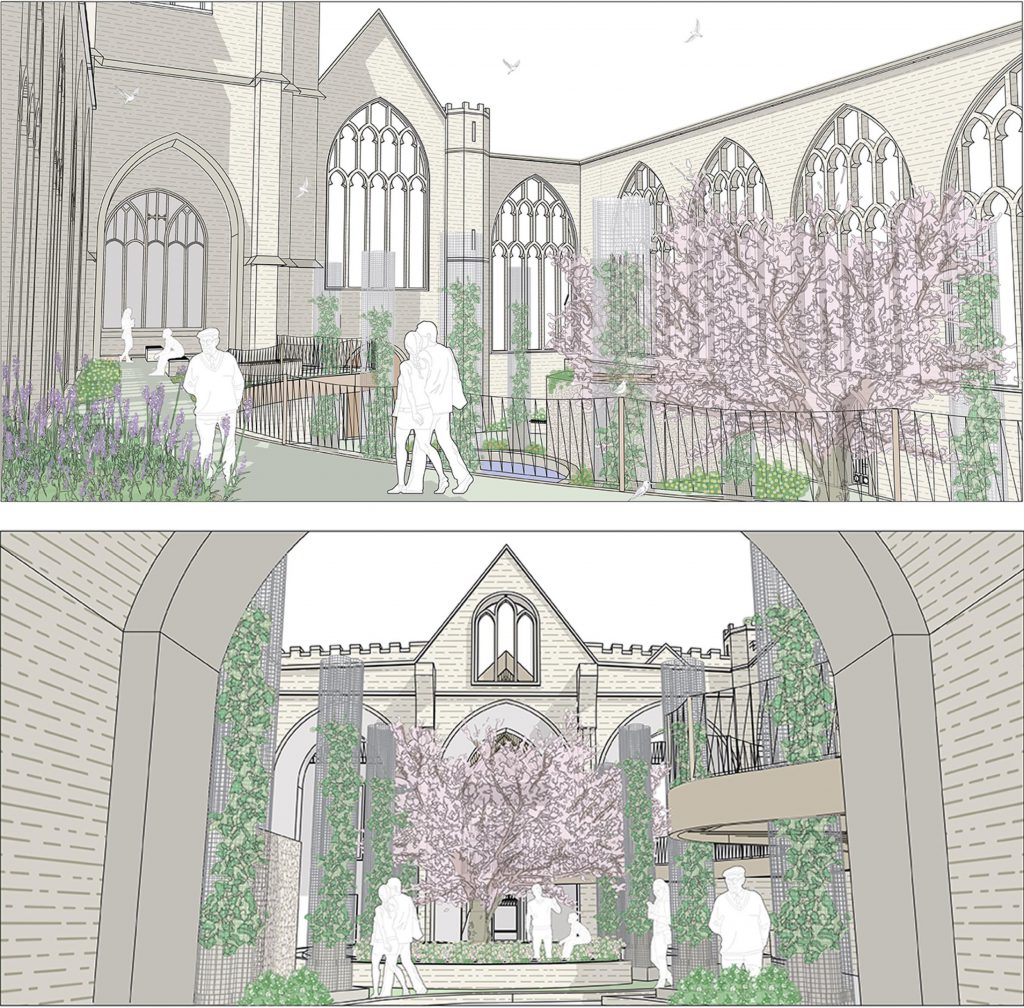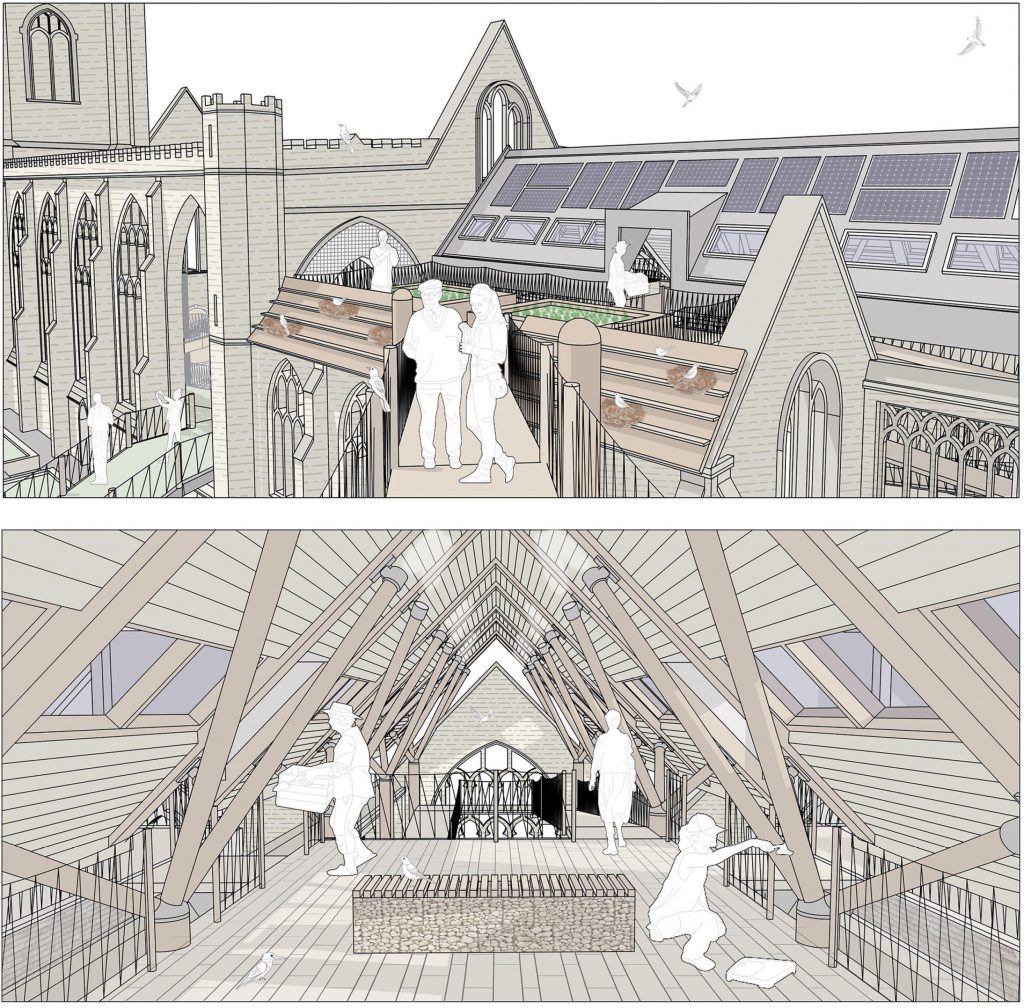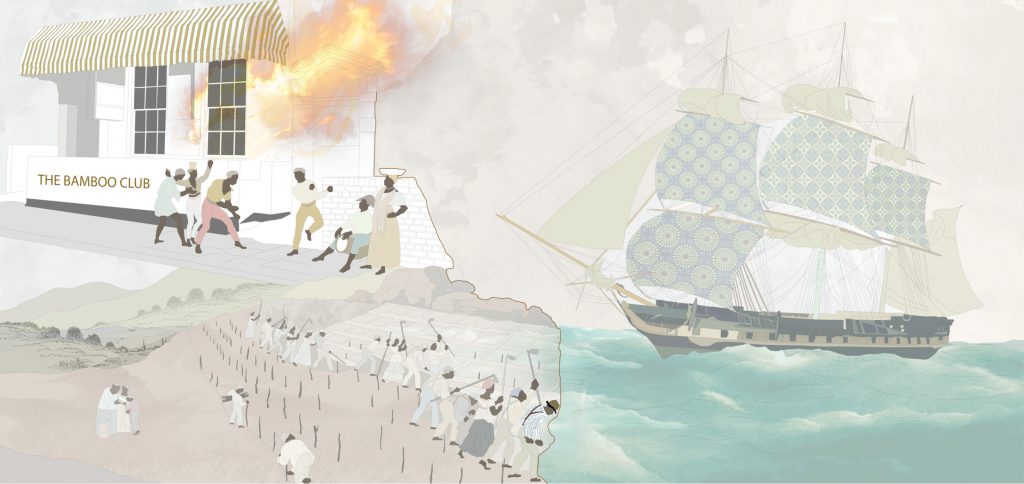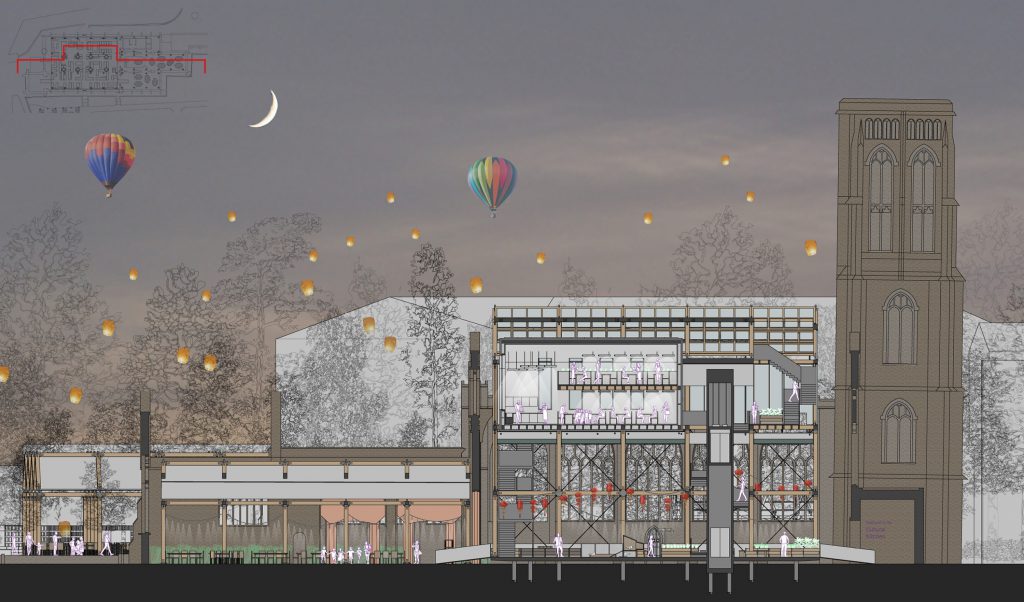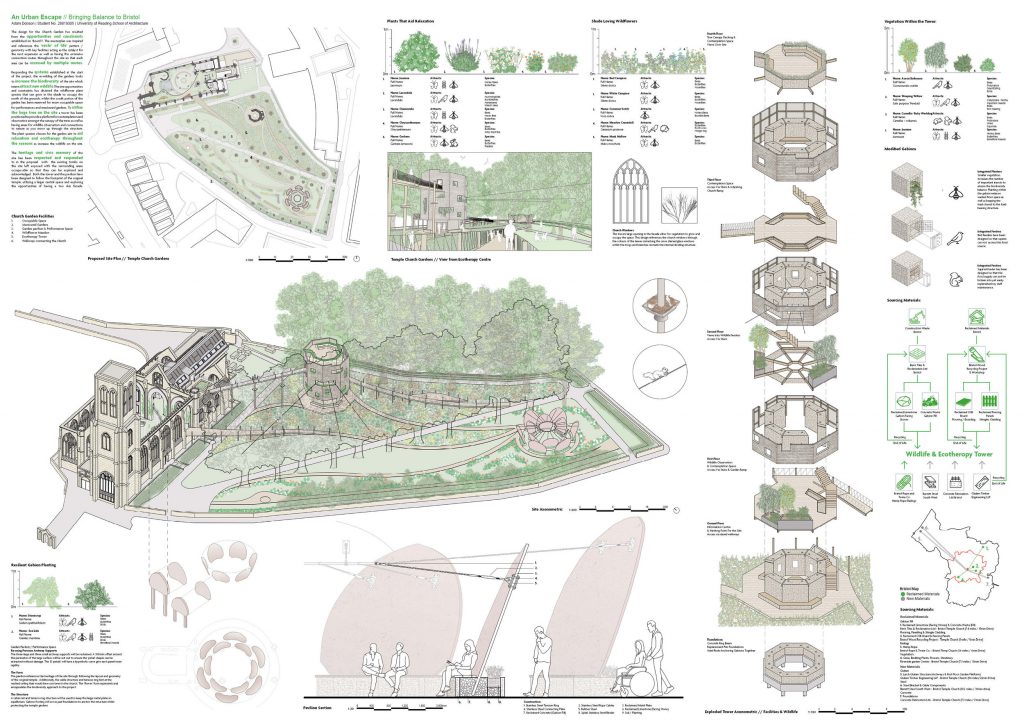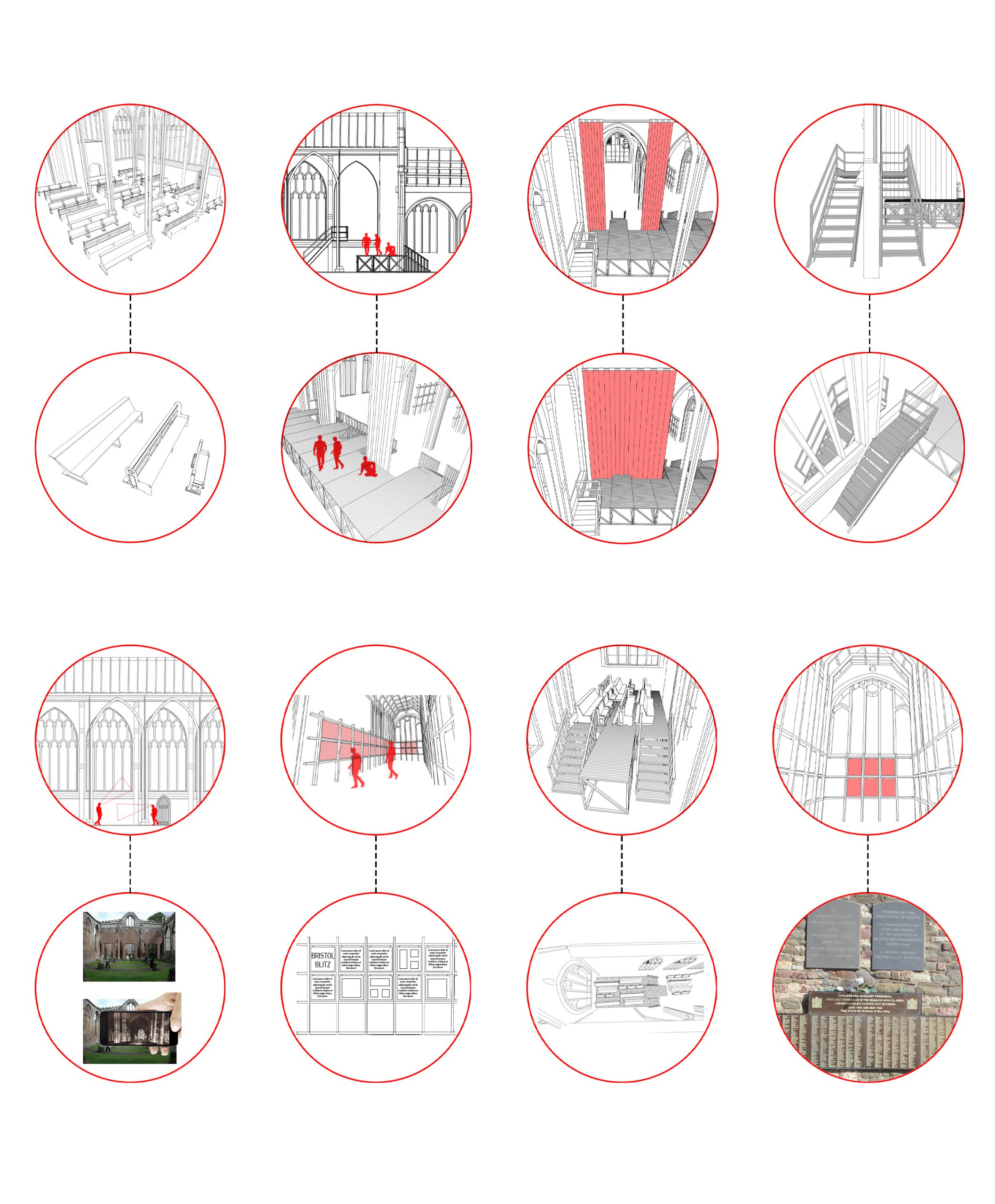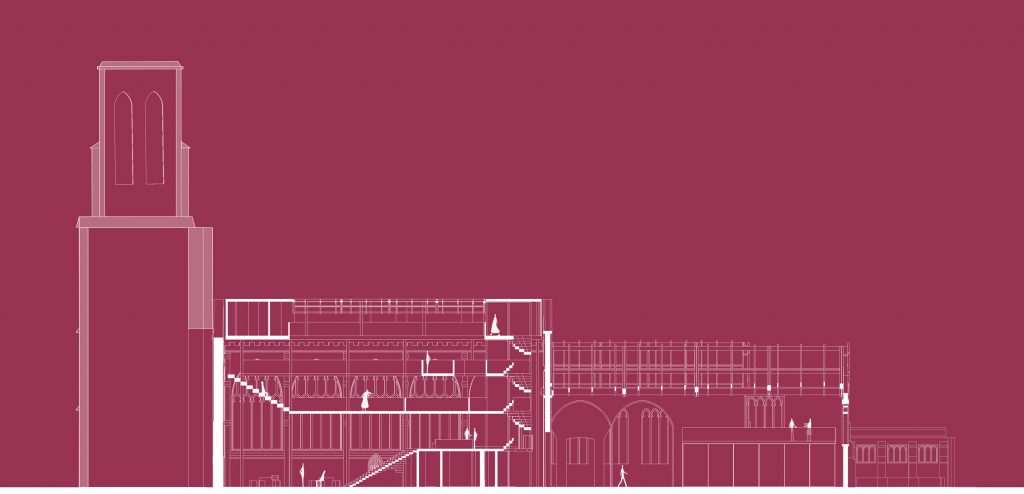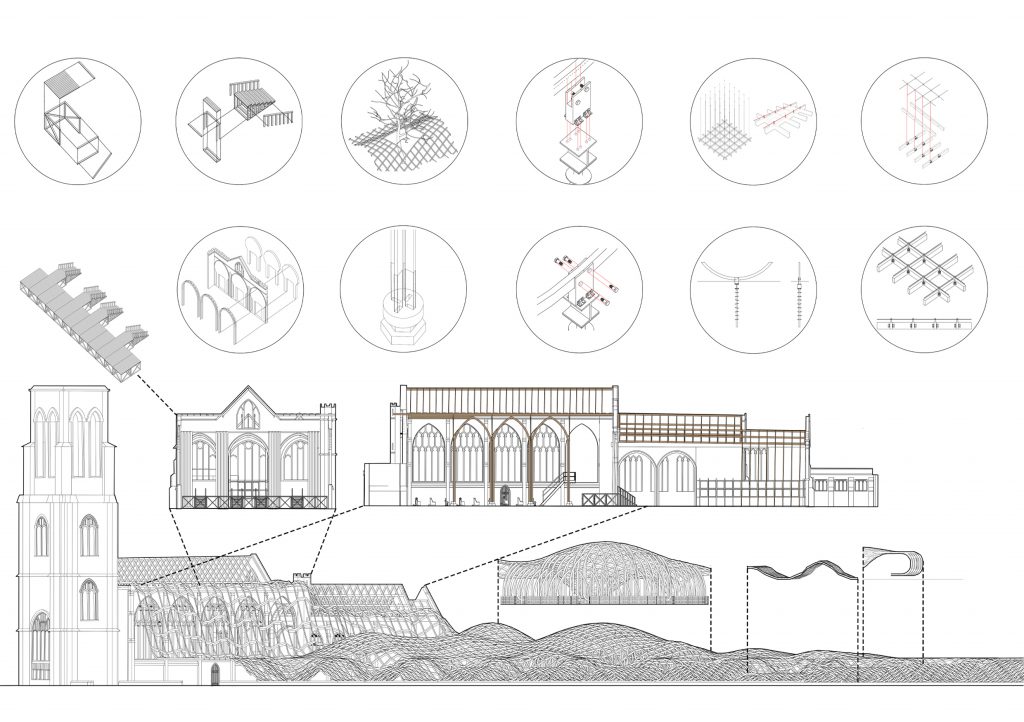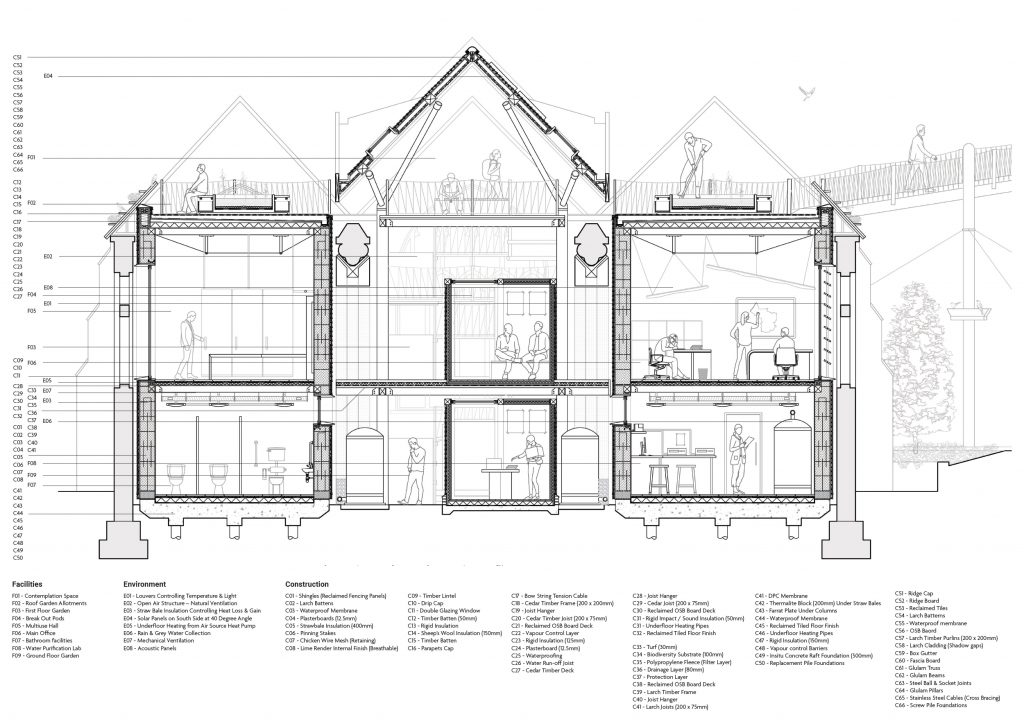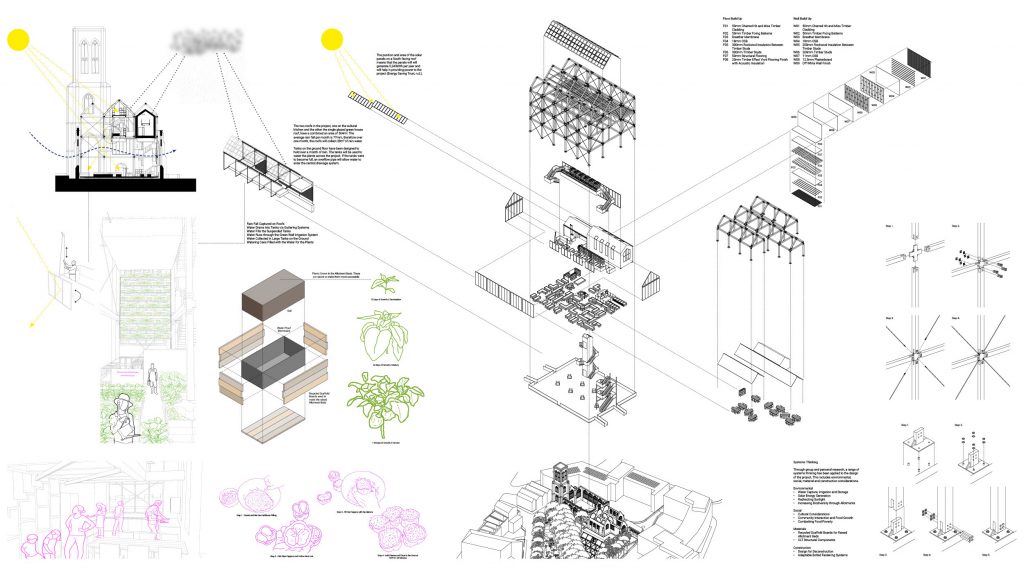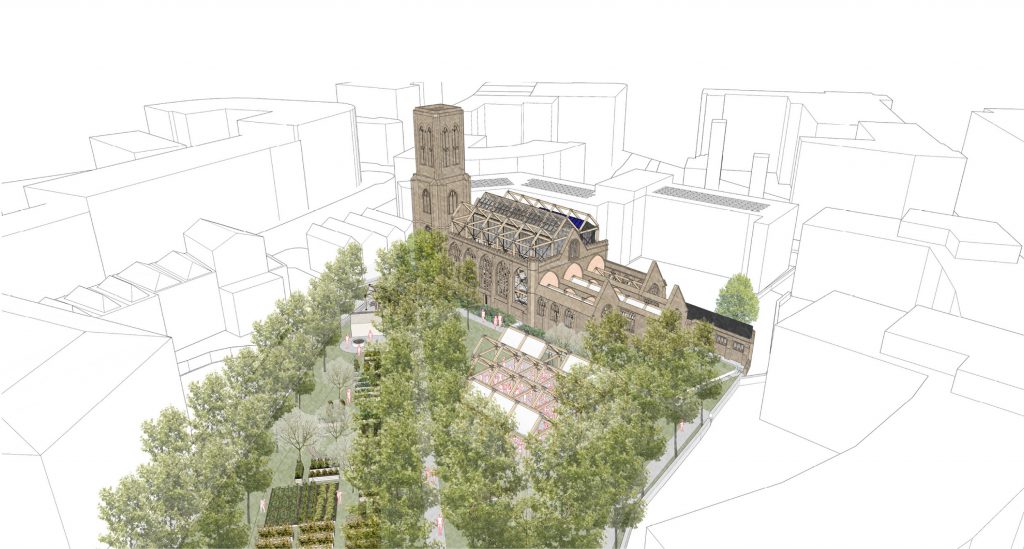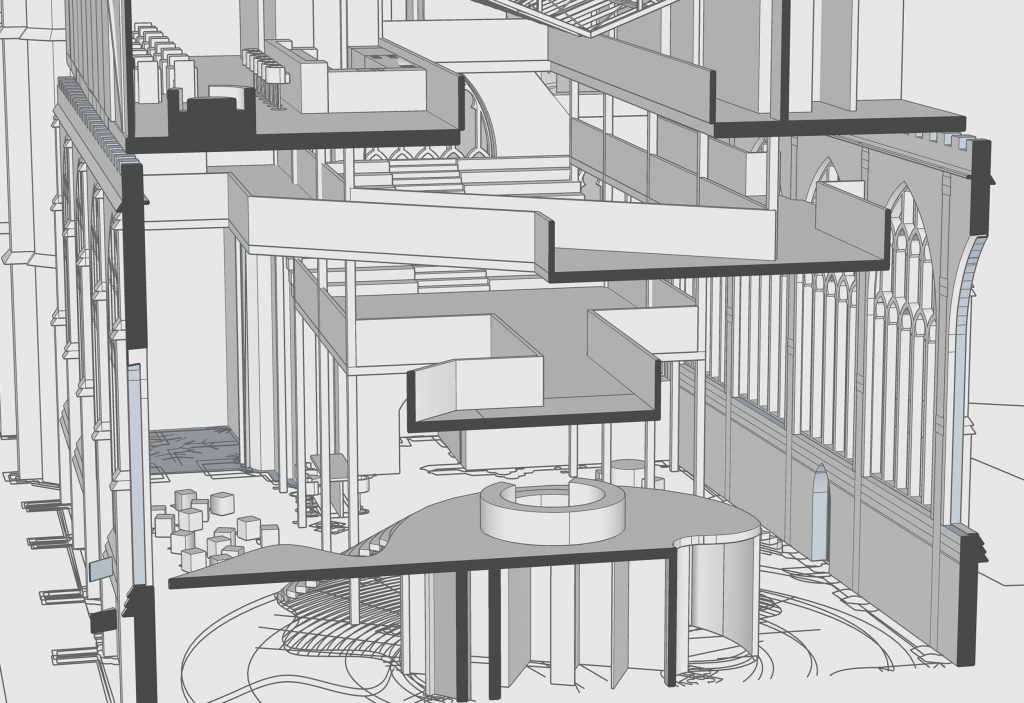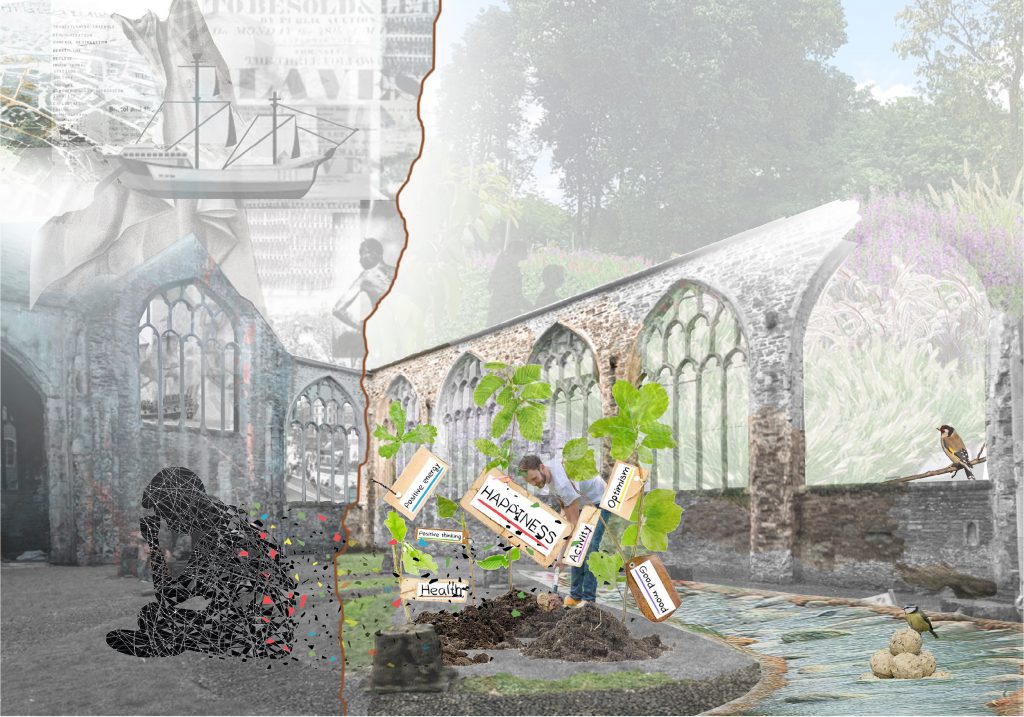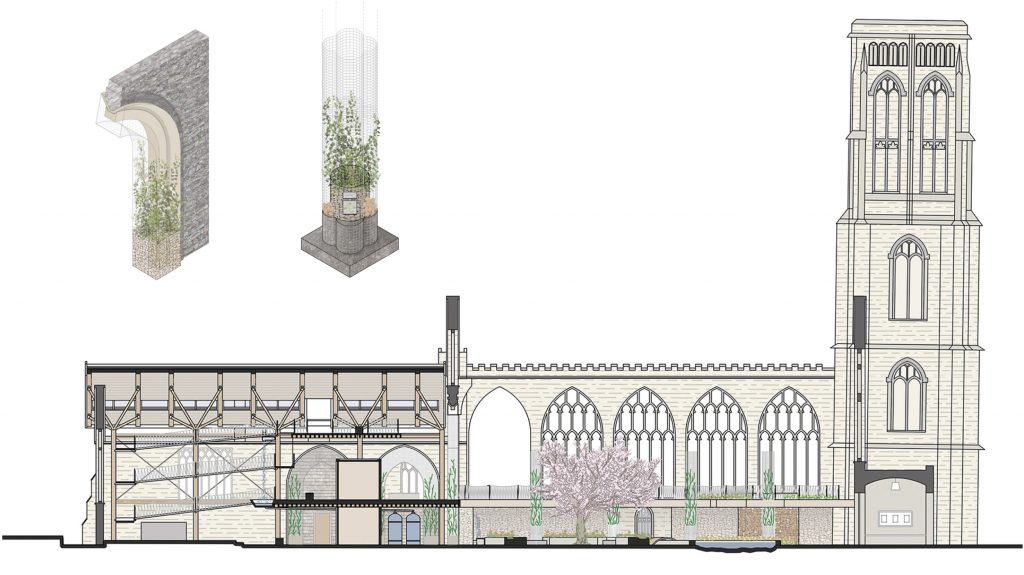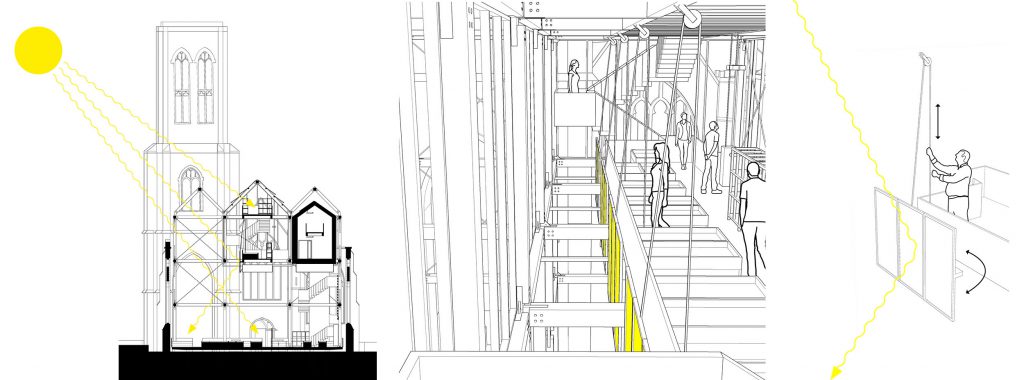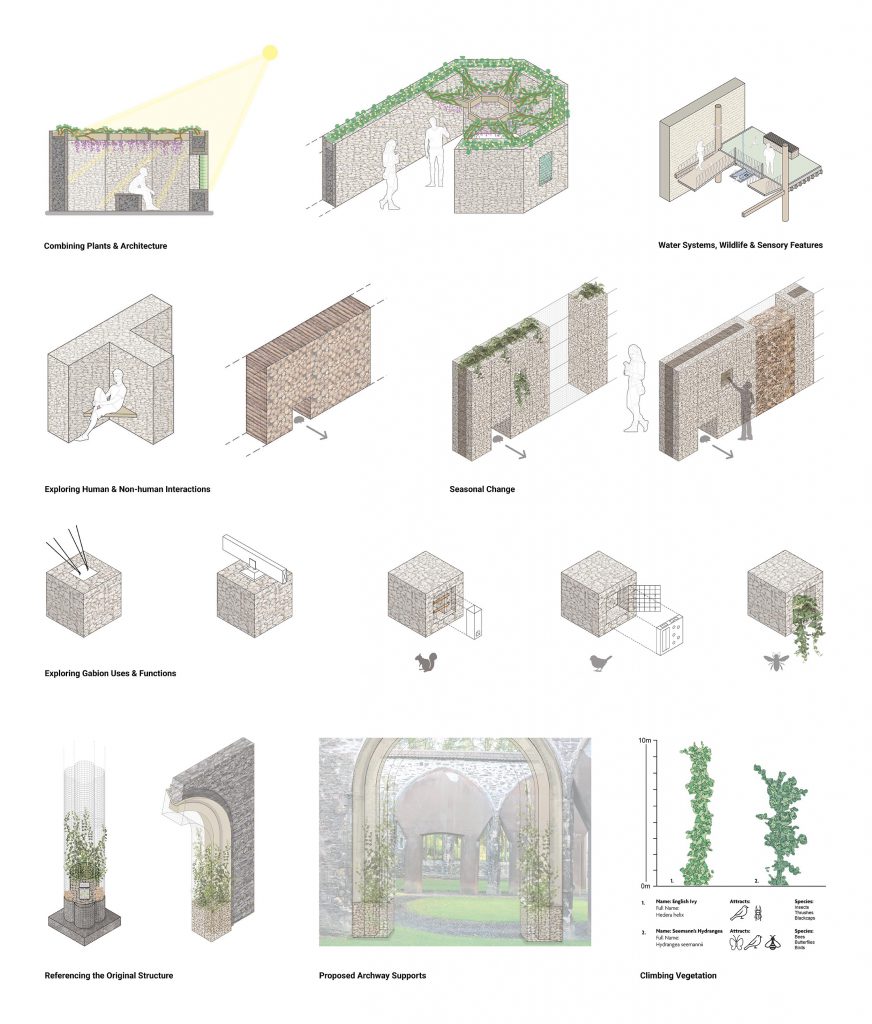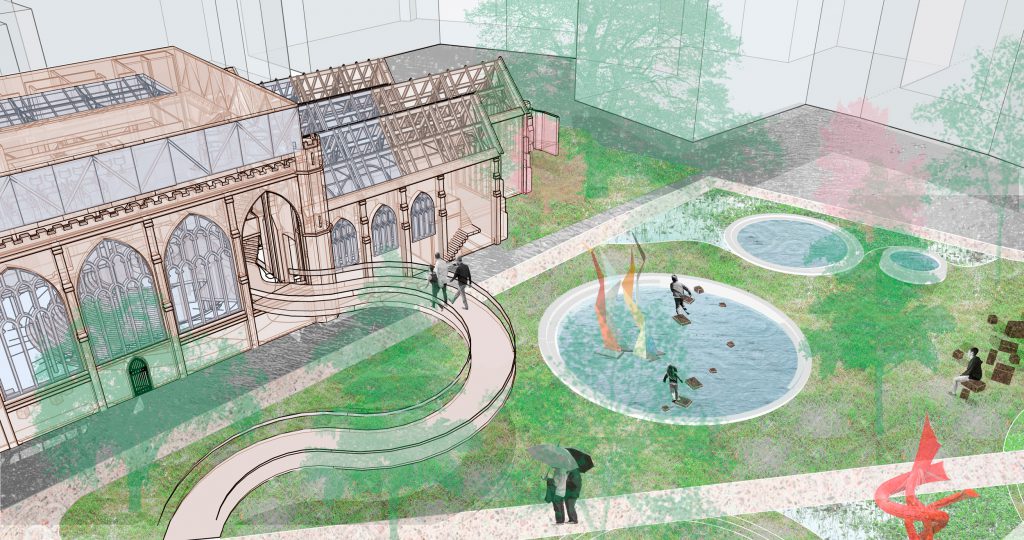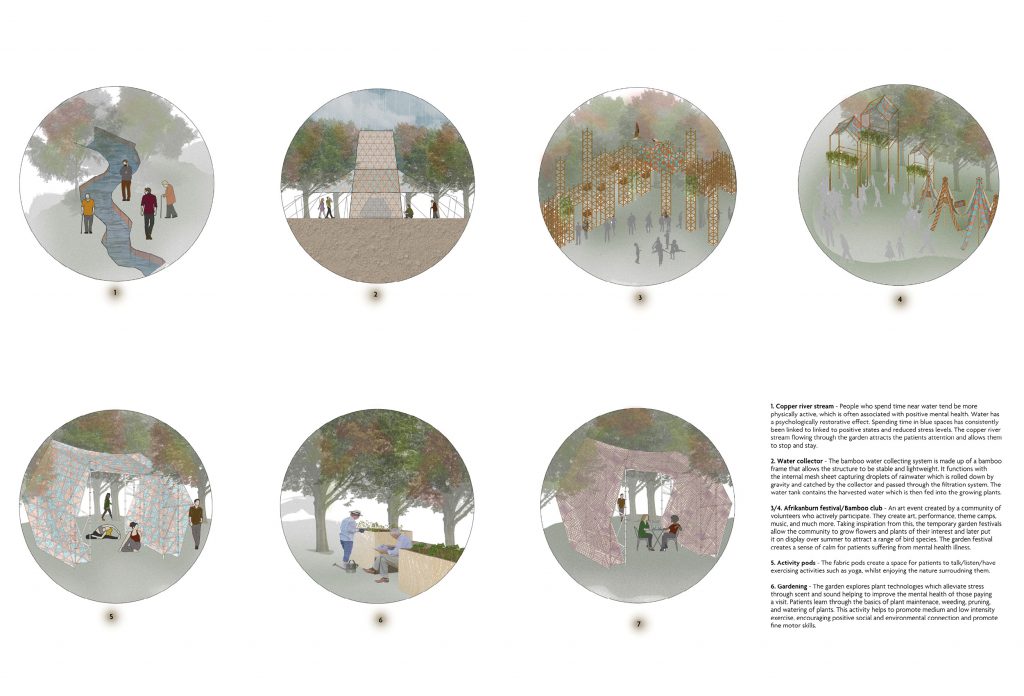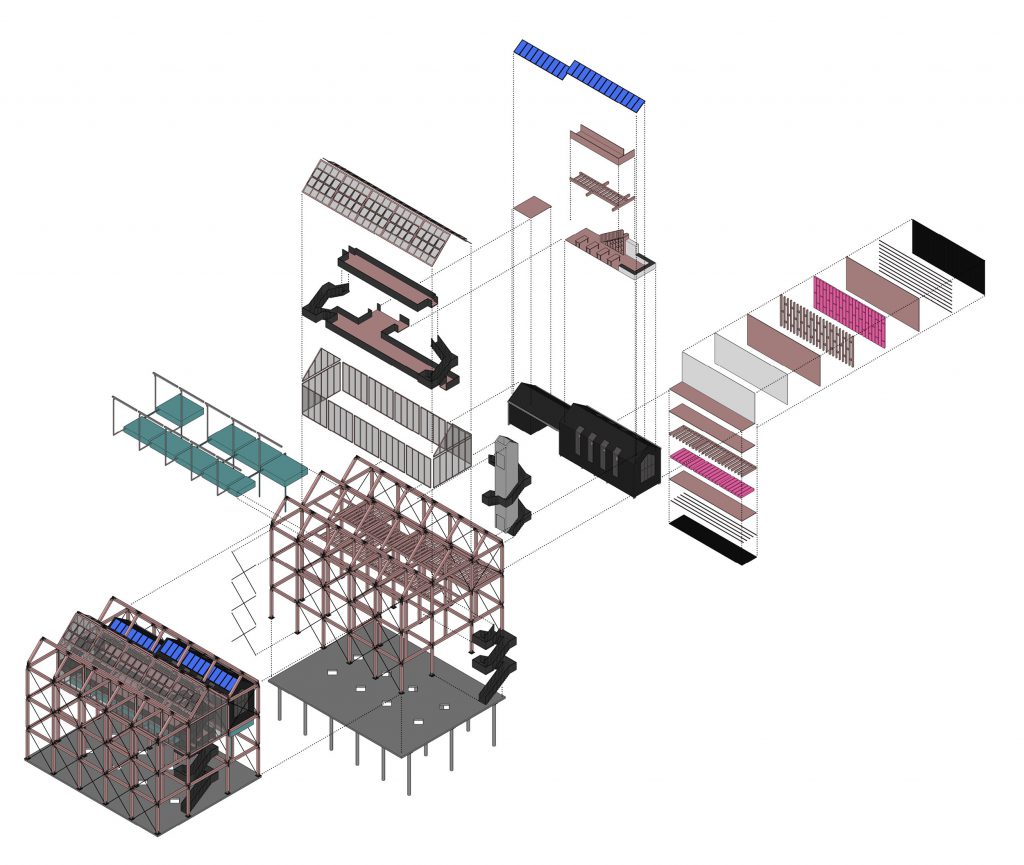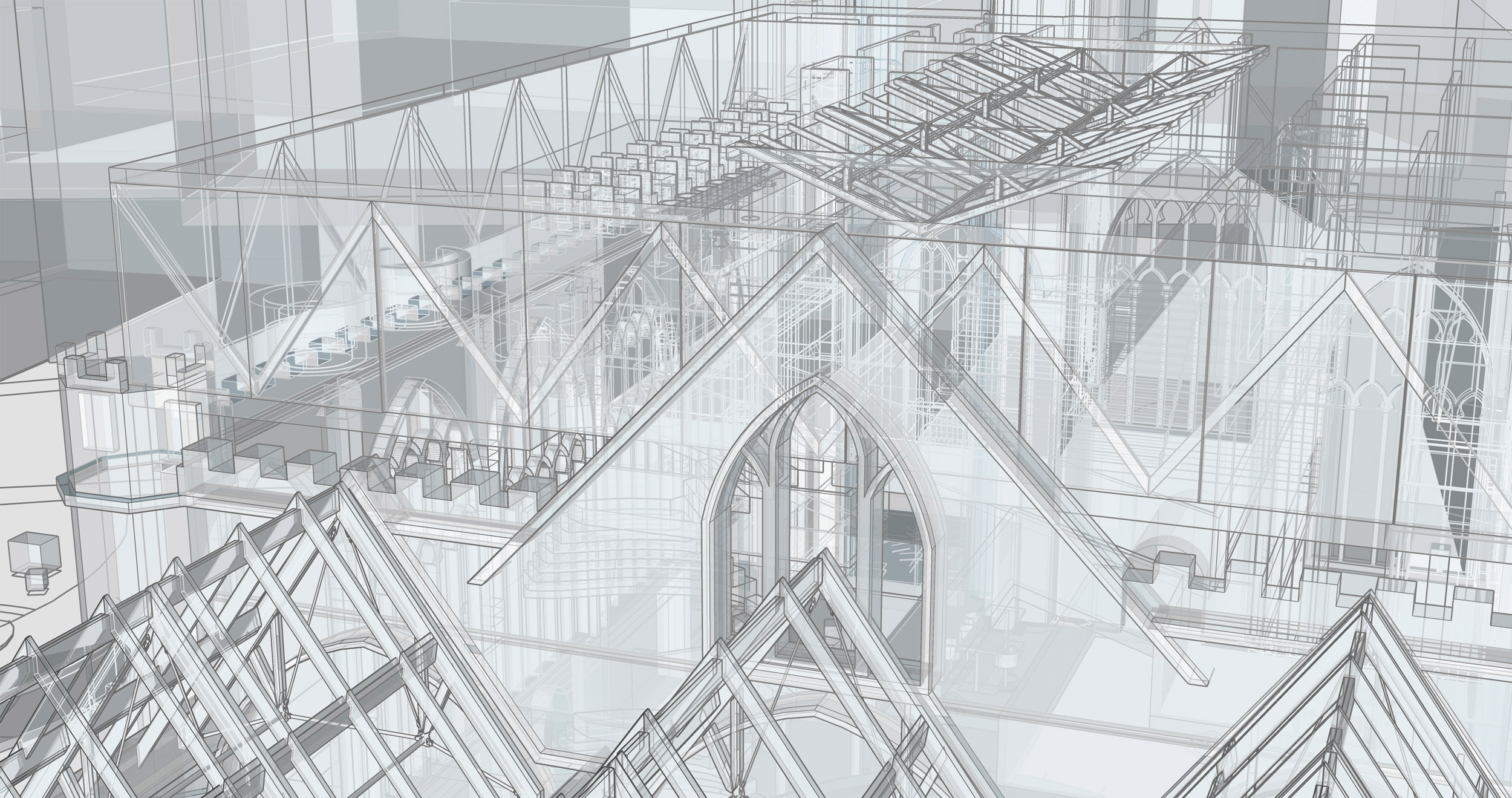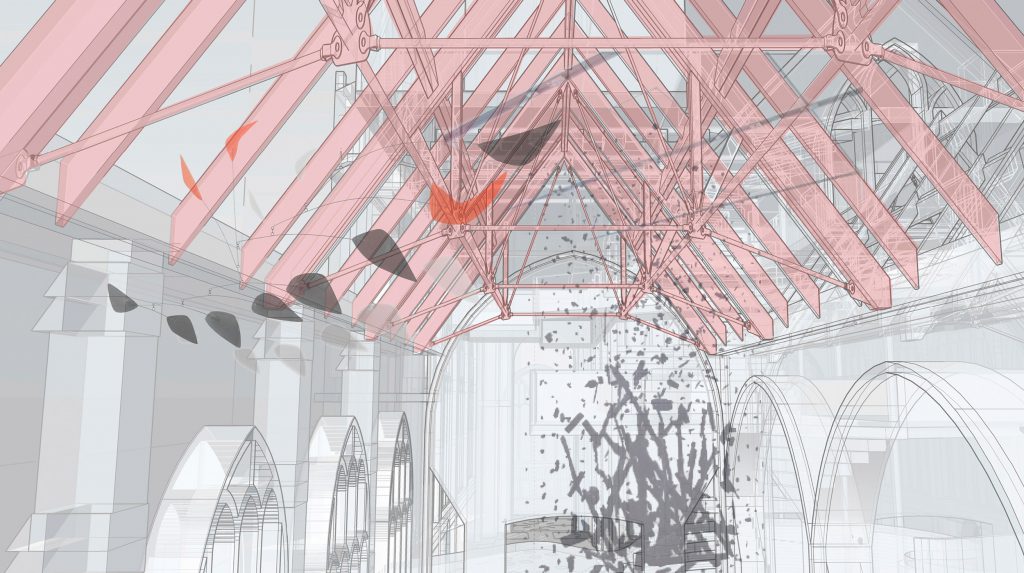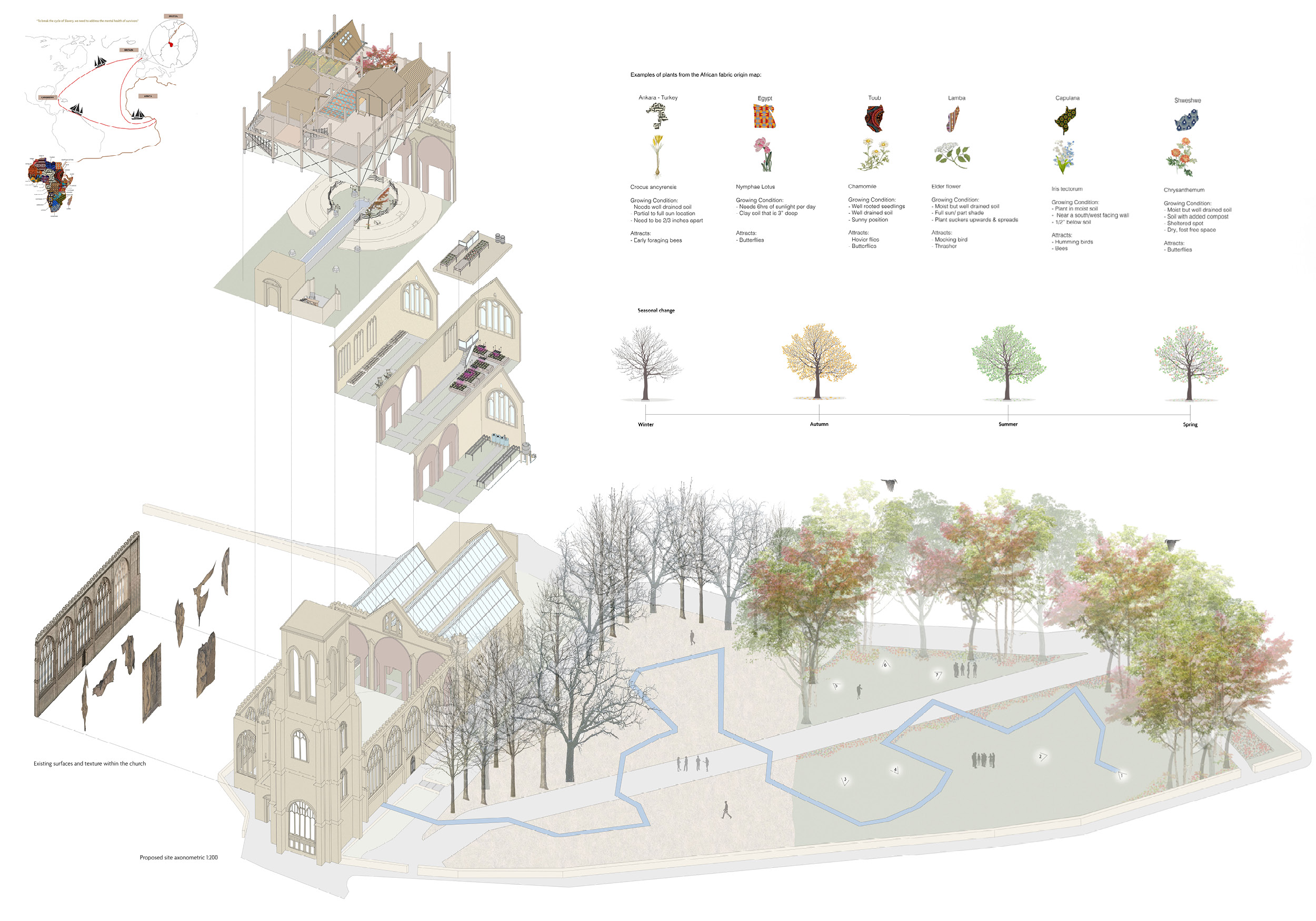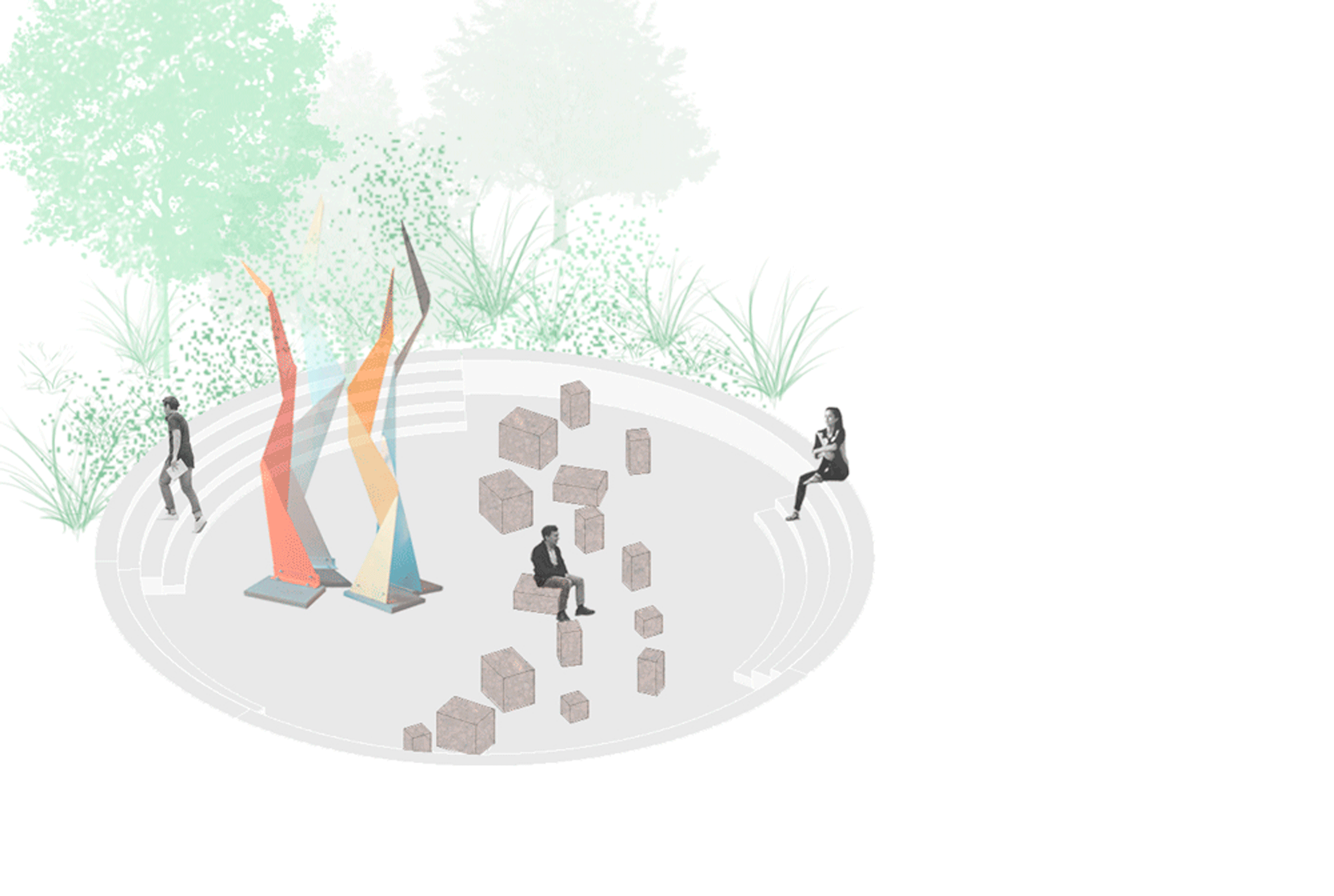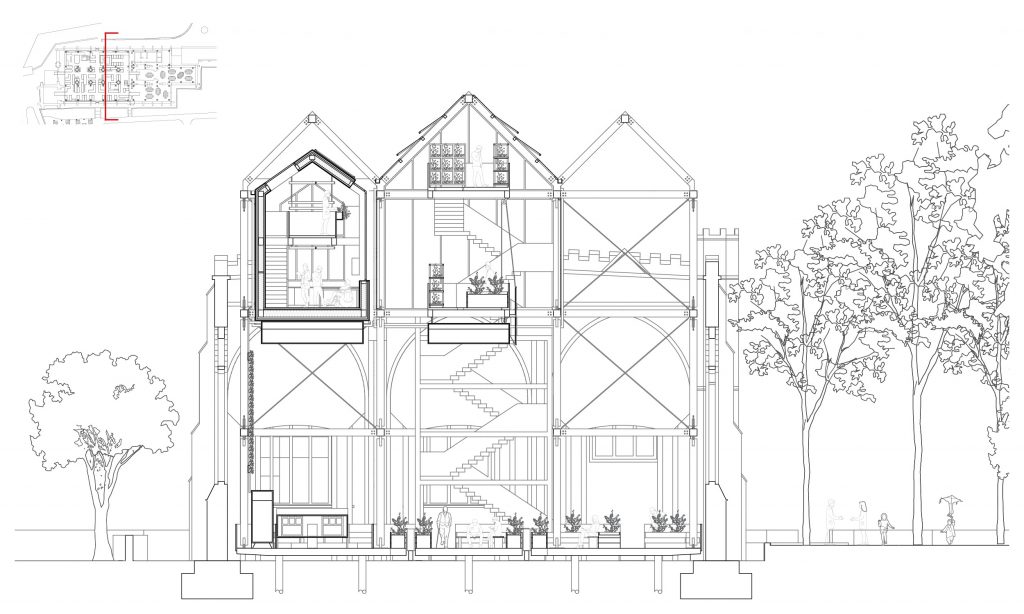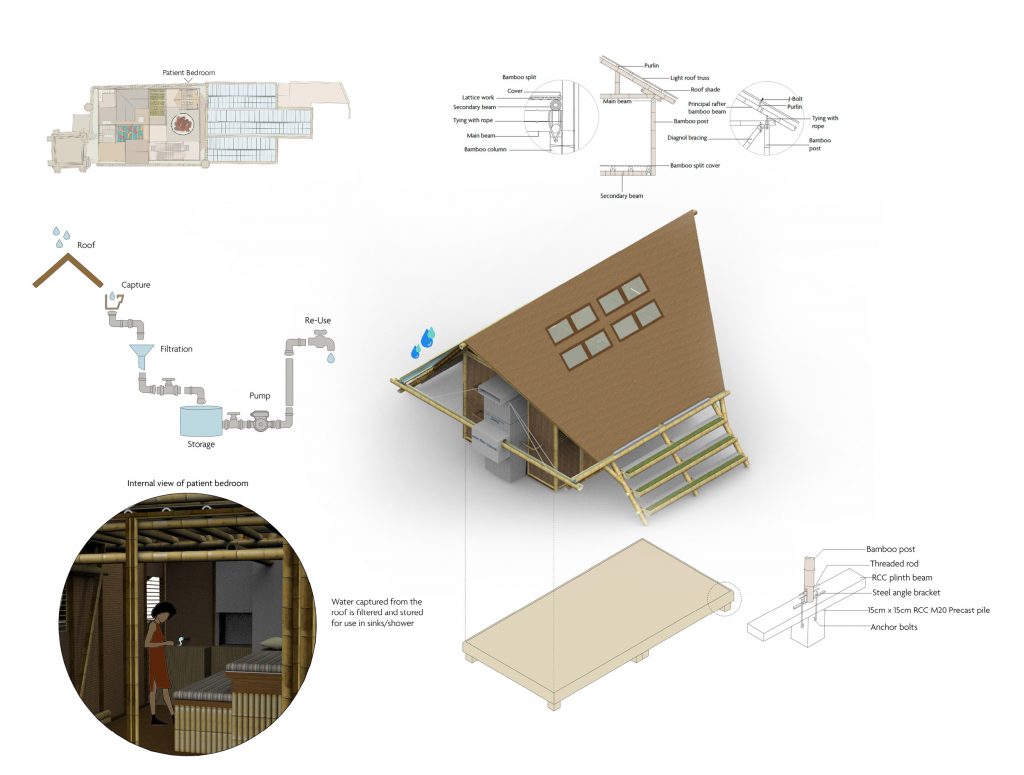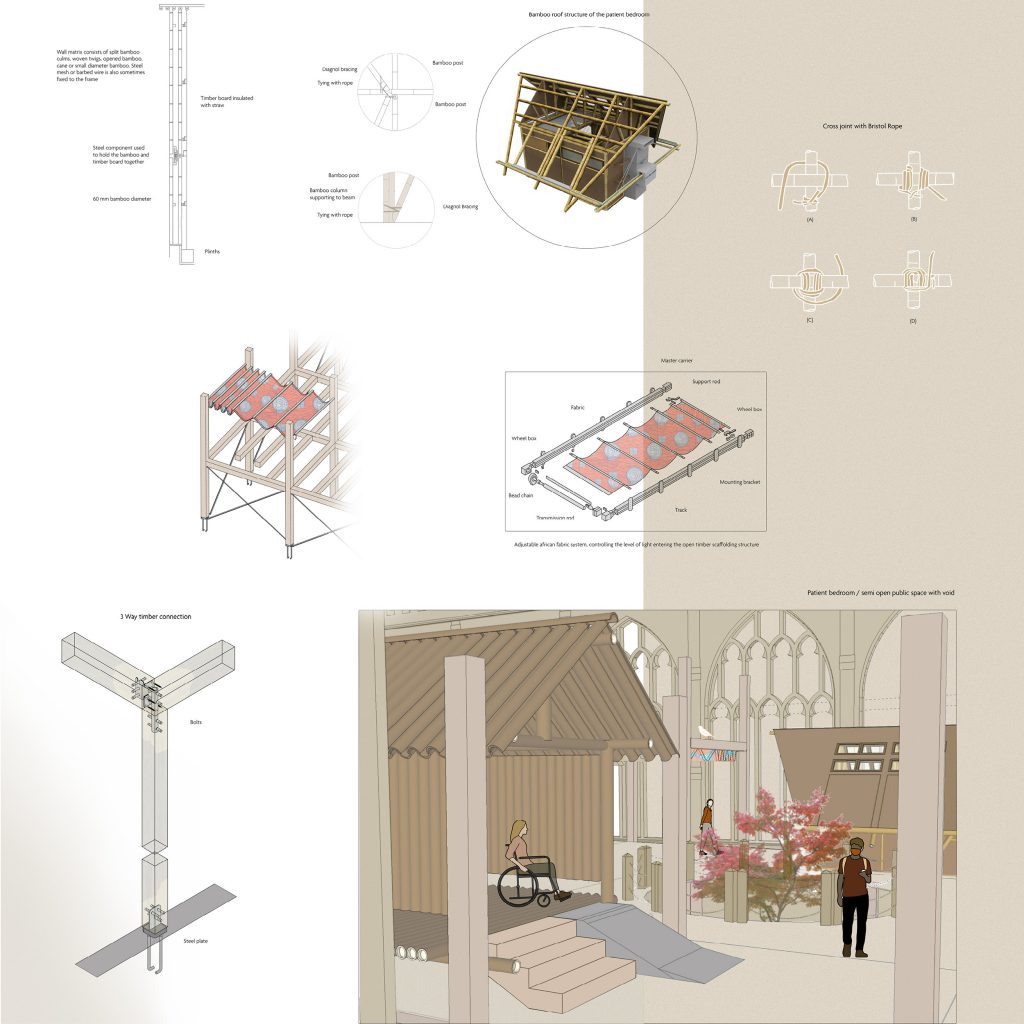SPRING SUMMER STUDIO
Cultural Memories
AD2DRU2 - Regenerative design
The Spring Year 1
The twin crises of climate breakdown and biodiversity loss are the most serious issues of our time. As architects, we must discover new design processes in response to these contemporary challenges, broadening our set of tools with which to engage with design projects.
DRU#2 is interested in exploring how architectural design proposals contribute to a wider ecology, species, energy and carbon flows to become truly regenerative. By creatively tackling both architectural and planetary limits, its objective is to examine architecture’s agency in shaping new forms of environmental and civic imagination, promoting resilient urban landscapes and communities, and creating new cultural memories.
Alluding to the Operating Manual for Spaceship Earth (1969) by the visionary architect Richard Buckminster Fuller, whose work focused on developing strategies to improve human life without undermining Earth’s ecosystems and their regenerative ability, the aim of this year project was to mobilise a series of radical design approaches, envisioning buildings as indivisible components of a constantly regenerating and self-sustaining ecological system, unlocking principles of circular economy and adaptive reuse.
A historic site in Bristol – with its ruined Temple Church structure and a graveyard converted into a public park – offered an opportunity for defining regenerative frameworks, interrogating the relationships between CULTURE and NATURE, RUINATION and TRANSFORMATION, CONSERVATION and PRESERVATION, HEALING and REWILDING.
Theoretical investigations, case studies as well as methodological systemic approaches underpinned the design process, stimulating ideas and providing a foundation for the development of a creative toolkit for regenerative and adaptive design – a new manual needed to navigate a transformation towards a more balanced future.
Module Convenor: Dr Izabela Wieczorek
Design Studio Team: Professor Lorraine Farrelly Piers Taylor & Georgie Grant [Invisible Studio/Onion Collective] Diana Dina & Martin Lydon [Haworth Tompkins]
Contributors: DProfessor Flora Samuel [School of Architecture, UoR]
Dr Ian Ewart [School of the Built Environment, UoR]
Nicola Williamson [Broad Street Mall]
Tim Vaughan [Moorgarth Group]
Gary Lewis [Moorgarth Group]
The twin crises of climate breakdown and biodiversity loss are the most serious issues of our time. As architects, we must discover new design processes in response to these contemporary challenges, broadening our set of tools with which to engage with design projects.
DRU#2 is interested in exploring how architectural design proposals contribute to a wider ecology, species, energy and carbon flows to become truly regenerative. By creatively tackling both architectural and planetary limits, its objective is to examine architecture’s agency in shaping new forms of environmental and civic imagination, promoting resilient urban landscapes and communities, and creating new cultural memories.
Alluding to the Operating Manual for Spaceship Earth (1969) by the visionary architect Richard Buckminster Fuller, whose work focused on developing strategies to improve human life without undermining Earth’s ecosystems and their regenerative ability, the aim of this year project was to mobilise a series of radical design approaches, envisioning buildings as indivisible components of a constantly regenerating and self-sustaining ecological system, unlocking principles of circular economy and adaptive reuse.
A historic site in Bristol – with its ruined Temple Church structure and a graveyard converted into a public park – offered an opportunity for defining regenerative frameworks, interrogating the relationships between CULTURE and NATURE, RUINATION and TRANSFORMATION, CONSERVATION and PRESERVATION, HEALING and REWILDING.
Theoretical investigations, case studies as well as methodological systemic approaches underpinned the design process, stimulating ideas and providing a foundation for the development of a creative toolkit for regenerative and adaptive design – a new manual needed to navigate a transformation towards a more balanced future.
Academic Lead: Dr Izabela Wieczorek
Studio Practitioners: Martin Lydon & Diana Dina [Haworth Tompkins]
Contributors: Millie Beesley [Structural Design Consultant, Corbett & Tasker], Sabine Hogenhout [Environmental Design Consultant, KHL]
Dr Tijana Blanuša [Royal Horticultural Society, School of Agriculture, Policy and Development UoR], Danny Lane [Haworth Tompkins], Amy Butt [School of Architecture, UoR], Oliver Froome-Lewis [School of Architecture, UoR], Dr Carolina Vasilikou [School of Architecture, UoR], Dr John Harding [School of Architecture, UoR]

